Daniel Bral does not remember the two weeks of his life after he was rushed to the hospital at age 11 with cancer in his throat blocking his windpipe. Diagnosed with non-Hodgkin’s lymphoma, a cancer involving white blood cells, his treatment lasted until he was 14 and included two years of chemotherapy.
Bral recalls the isolation, while being treated into his teen years, of being put into rooms with children ages 3 and 5.
“Currently, when a 16-year-old is put in [a] pediatric ward, they may never meet another person their age who went through that experience,” Bral said. This means teenage and young-adult patients are not able to form the bonds with their peers that Bral believes are so important to dealing with cancer and its aftereffects.
“It is hard to associate and talk to someone who is at a very different point in life,” Bral said. “Now we are realizing you can’t treat [a 13-year-old] like a little kid, or a 24-year-old with [older] adults.”
Teen Cancer America is hoping to change this experience for the 70,000 teens and young adults who are diagnosed with cancer every year in the United States. The program is based on Teenage Cancer Trust, a British organization that designs cancer wards for teens and young adults that allow them to receive specialized treatment among people their own age. The organization opened its first teen cancer unit in London in November 1990.
“These connections are very important because it becomes a support system,” said Bral, who regularly attends Ateret Israel in Los Angeles.
Rebecca Rothstein, a private wealth advisor for Merrill Lynch Private Banking and Investment Group in Beverly Hills, founded Teen Cancer America in 2011 with the support of Teenage Cancer Trust. A mother of four, she sits on the boards of numerous charitable organizations and believes that the emphasis Judaism places on caring for children and families has influenced her desire to help children struggling with cancer.
“It makes a difference for them in the quality of their lives,” said Rothstein, who serves as chair of Teen Cancer America.
She met Dr. David Feinberg, president of the UCLA Health System, through her work helping very young children with autism. Feinberg offered UCLA as the first hospital to team with Teen Cancer America, and Rothstein agreed immediately.
The result is the UCLA Daltrey/Townshend Teen and Young Adult Cancer Program, named for Roger Daltrey and Pete Townshend of The Who. The legendary English rockers have supported Teen Cancer Trust for years as patrons and held a 2011 benefit concert to help start Teen Cancer America, for which they are considered celebrity partners.
The inpatient unit at UCLA Medical Center, Santa Monica, is already in service, and a lounge is expected to open later this year. It will include couches, game systems, computers and a mini-kitchenette.
Now 24 and studying to become a doctor, Bral is co-chairman of the advisory board for the UCLA teen and young adult cancer project.

Inside the UCLA Daltrey/Townshend Teen and Young Adult Zone at UCLA Medical Center, Santa Monica.
Originally, the teen and young adult zone was to be designed in bright colors, but the advisory board pointed out that chemotherapy drugs often come in bright orange and yellow, even the sight of which will make any person who has taken the drugs become nauseous. The ward was therefore designed in calming colors, such as blue.
Because some teen cancer patients become handicapped or amputees, the advisory board encouraged the use of art depicting inclusive activities, like people sitting in groups talking. The people in the ward’s art are never alone, but are always in groups with friends so that the images do not trigger feelings of isolation.
Advisory board member Emily Magilnick, 17, was diagnosed with osteosarcoma, a bone cancer, in December 2011. She realized she wanted to use her experience to help others when she was approached during treatment and asked if she wanted to help design logos for the program.
Magilnick, a member of Temple Israel of Long Beach, also realized her passion for film and directing by helping to make a video featuring interviews with other patients who have pediatric sarcoma (cancers that arise in bone, muscle or connective tissue) for newly diagnosed patients, to show them what to expect and make them feel less alone. A year after the end of her treatment, she is starting her senior year at Long Beach Polytechnic High School and is considering studying film in the future.
Teen Cancer America hopes to expand its services to fund research that will help doctors understand why teen cancers are so aggressive, and diagnose them sooner, according to Rothstein.
Teenage Cancer Trust CEO and President Simon Davies, who will be starting a new job with Teen Cancer America on Sept. 9, says all the participants in the original program have seen benefits in quality of life, although it is too soon to draw conclusions about the program’s impact on survival outcomes. He is hopeful that treatment will improve as teens are studied more as a distinct group.
In the past, young teens were treated on pediatric drugs and older teens on adult drugs, many of which had been tested on adults ages 40-60. Young adults with one form of leukemia used to be put on the adult protocol when they were over 18 and on a children’s when they were younger. The latter group saw a survival rate increase of 30 percent when they were put on a drug protocol for younger teens, however, Davies said.
There are non-medical issues, too. Cancer treatment allows teens little time to process major transitions in their lives. All of the normal issues teens face during puberty about body image, relationships with peers and choosing the courses of their adult lives are complicated or neglected by cancer treatment.
“You walked into cancer treatment as a child and walked out as an adult,” Bral said.
Teen Cancer America is expanding to other hospitals in the United States. Memorial Sloan-Kettering Cancer Center in New York has established a virtual unit that connects patients via mobile devices like iPads. Such units allow patients to recuperate at home, instead of in the hospital, where there are fewer social connections and more dangerous germs, Rothstein said.
She added that Teen Cancer America is also in discussions with medical centers at Yale University, the Children’s Hospital of Philadelphia, Stanford University and the University of Texas at Austin. Many more institutions have shown casual interest.
“It will be one of those things that, in two or three years, if you don’t have [Teen Cancer America] at your hospital, people will ask you why not.”






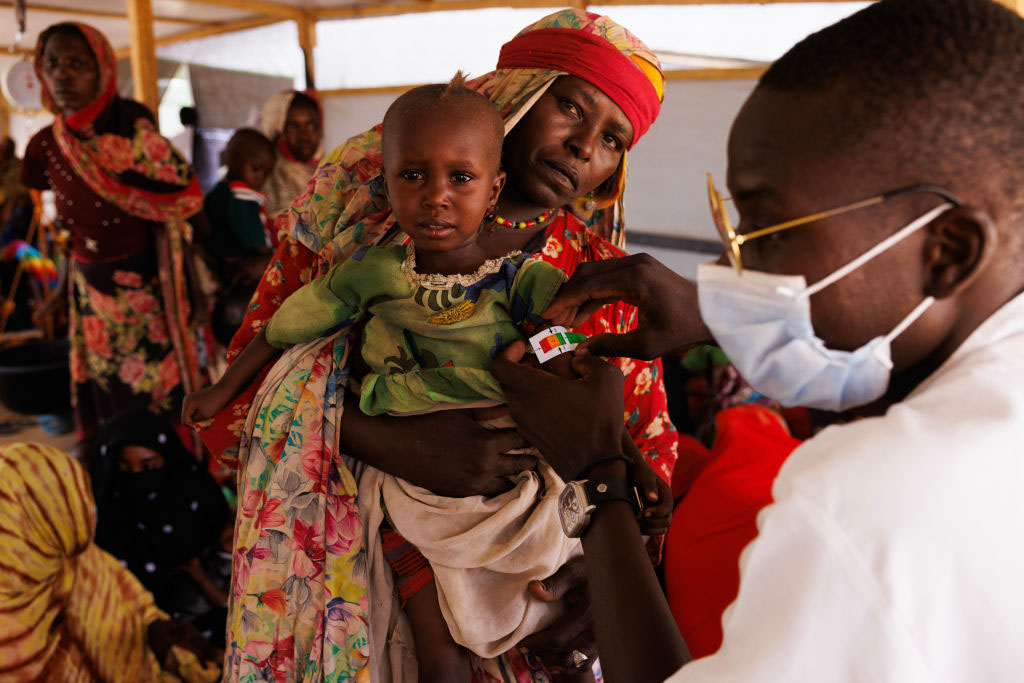


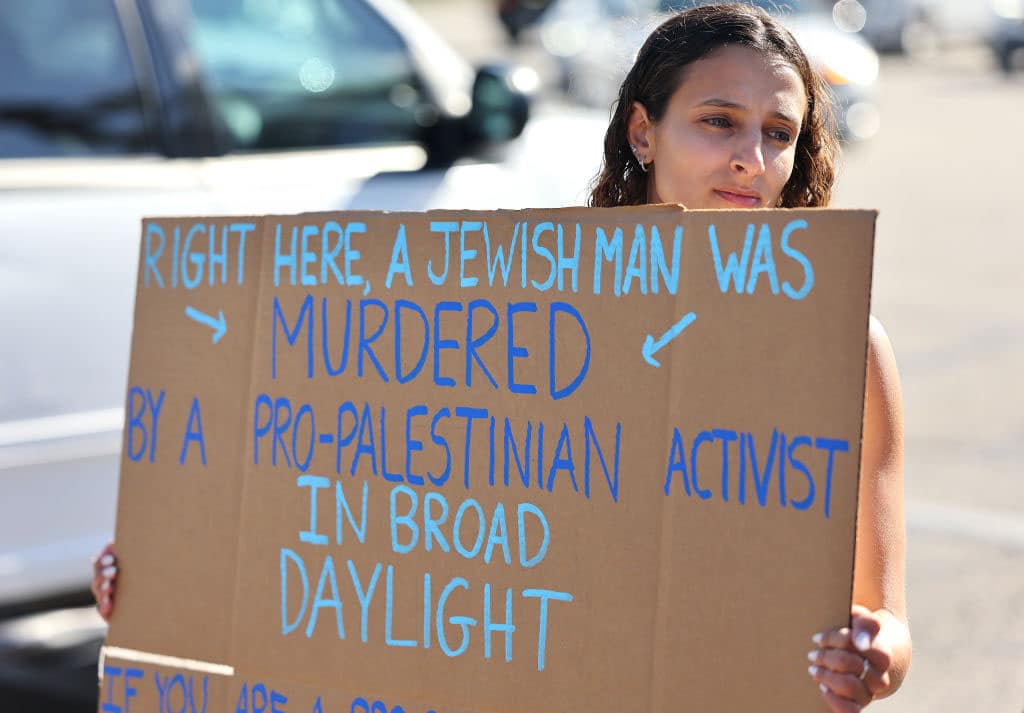



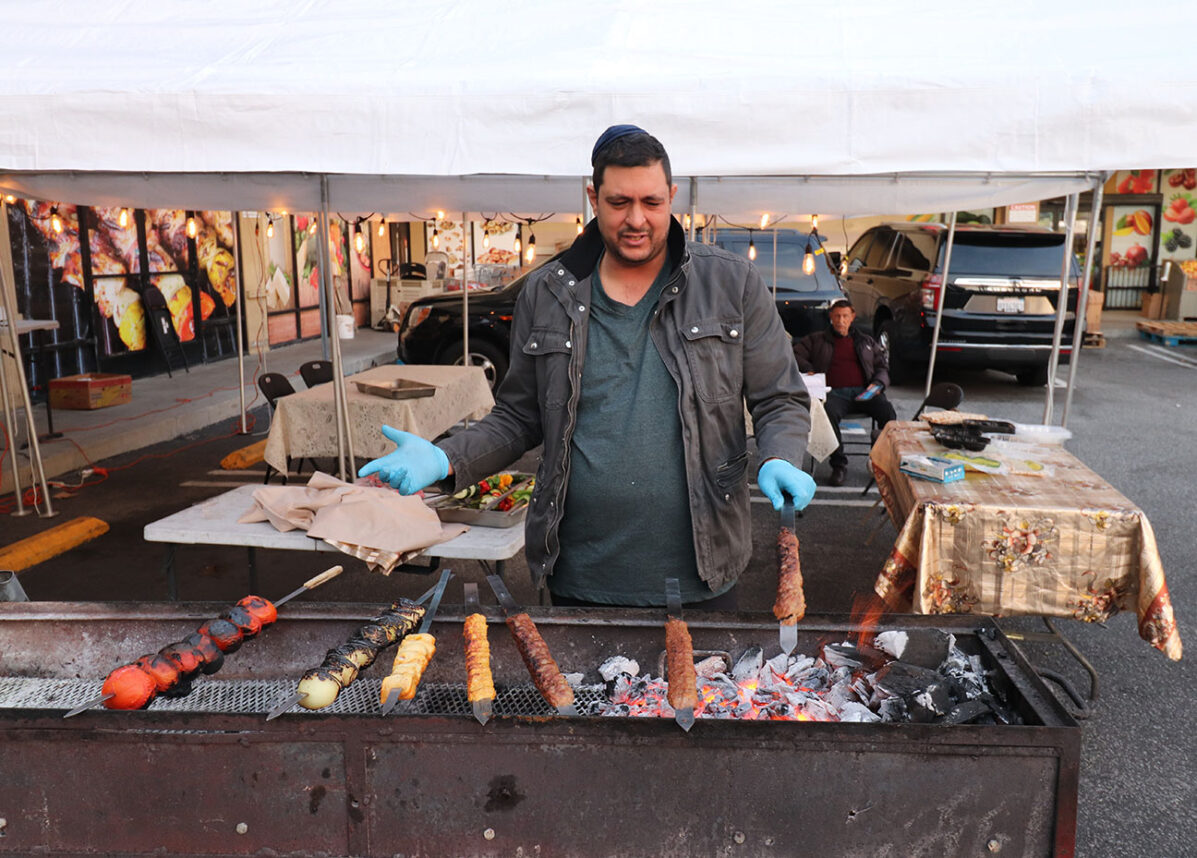

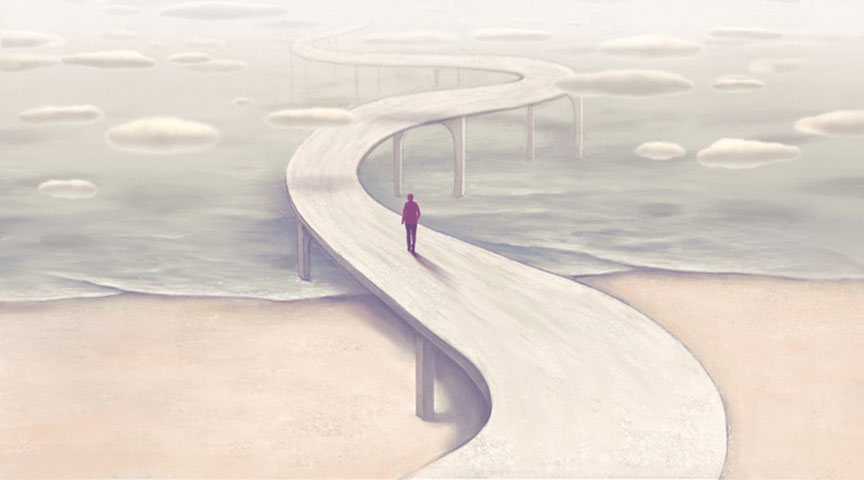




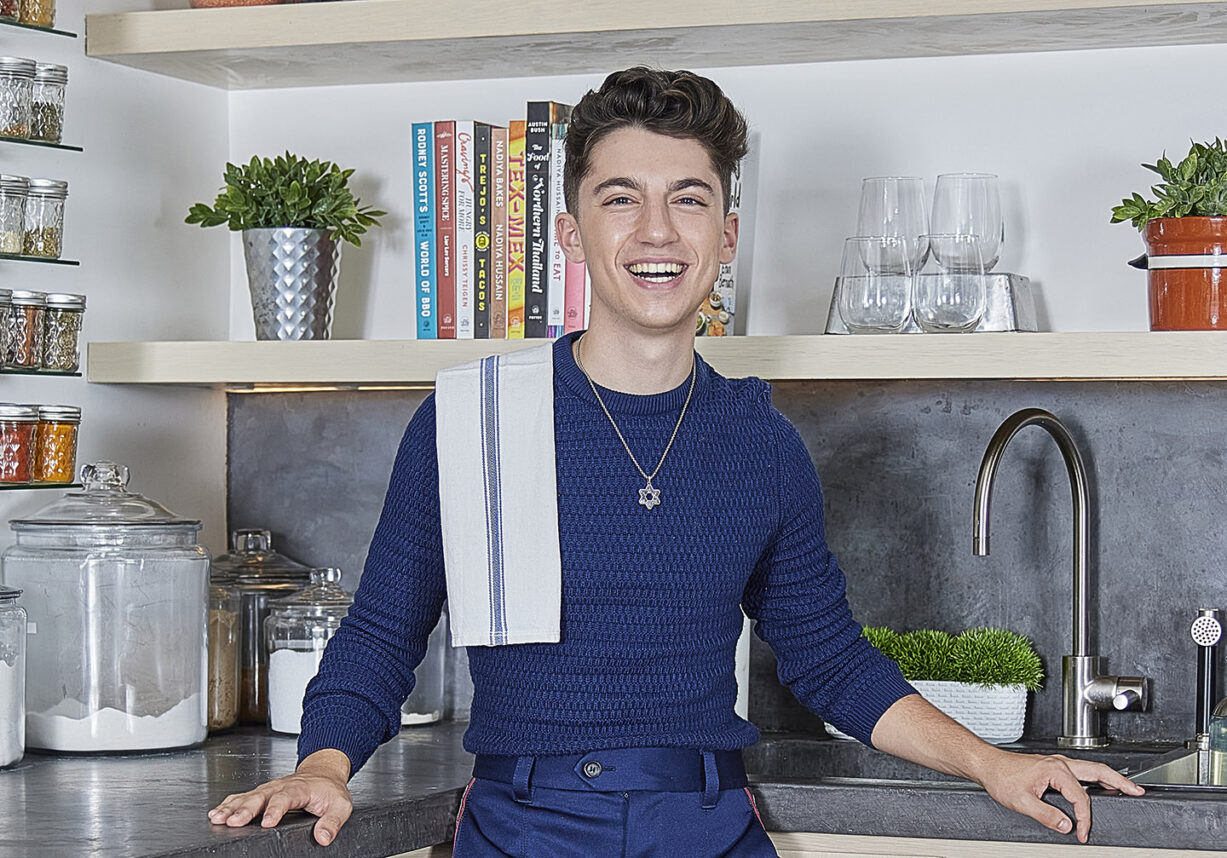

 More news and opinions than at a Shabbat dinner, right in your inbox.
More news and opinions than at a Shabbat dinner, right in your inbox.